𝑪𝒉𝒂𝒏𝒈𝒆 𝒐𝒇 𝑶𝒓𝒃𝒊𝒕 𝒊𝒏 𝑩𝒖𝒔𝒊𝒏𝒆𝒔𝒔 – 𝘛𝘳𝘢𝘯𝘴𝘧𝘰𝘳𝘮𝘢𝘵𝘪𝘰𝘯
We talked about mid term winning for retail and other businesses. During the discussion we talked about trade expenses and the dire need to optimize them to give our strategy that first push to show us incremental growth and give a feeling of confidence that the journey is worth it.
But how to do it is the question that remains. Without answering this question and reaching to the root of it this series would not reach its justified conclusion.
For optimizing the trade spend the first step is to work upon the supporting pillars. And for any organisation the support pillars could be
~ 𝑪𝒂𝒑𝒂𝒃𝒊𝒍𝒊𝒕𝒊𝒆𝒔 – As an entrepreneur or a senior management team, are we really open to be asked questions on our capabilities and can we keep our ego aside to learn new skills to bridge the gap between existing and desired capabilities warranted by our type of business to set its foot on the journey of growth. It could be anything like incompetency in sales, operations, finance or for that matter customer acquisition. What is important is to first identify and then improve upon. Take help from an expert in this process especially if you feel that you cannot be critic to self and then ideally start working as an employee in your own organisation in terms of taking orders and executing them for your own improvement.
~ 𝑪𝒖𝒍𝒕𝒖𝒓𝒆 – If capability assessment and improvement for entrepreneur or top management was addressed, it is equally important to percolate it down the line and here developing the right culture helps which is inclusive of continuous improvements, learning & unlearning, questioning everything and ready to evaluate even those things which looks like universal truth.
~ 𝑰𝑻 & 𝑶𝒑𝒆𝒓𝒂𝒕𝒊𝒐𝒏𝒂𝒍 𝒊𝒏𝒇𝒓𝒂𝒔𝒕𝒓𝒖𝒄𝒕𝒖𝒓𝒆 – No company in today’s world can deny the need of IT or can live without it. Obviously levels of IT infrastructure can change but even the smallest things do matter here and they should be corrected and aligned with what the operations demand. Being penny wise pound foolish or thinking to invest after earning may not work for these things. Some investments are pre-requisite and this being one.
~ 𝑶𝒓𝒈𝒂𝒏𝒊𝒔𝒂𝒕𝒊𝒐𝒏 𝒂𝒏𝒅 𝒑𝒓𝒐𝒄𝒆𝒔𝒔 𝒂𝒍𝒊𝒈𝒏𝒎𝒆𝒏𝒕 – Having done all that written above will not give desired results if it is not embedded in the DNA of the organisation and here is where the processes help and having right set of processes is mandatory to ensure what we do right once keeps getting repeated automatically with least of efforts.
So this journey of transformation reaches its next milestone with this post and hope that it is able to throw some light and trigger some introspection within all of you. Keep following for more and remember that expert we talked about can easily be Synergeze Consultants Private Limited
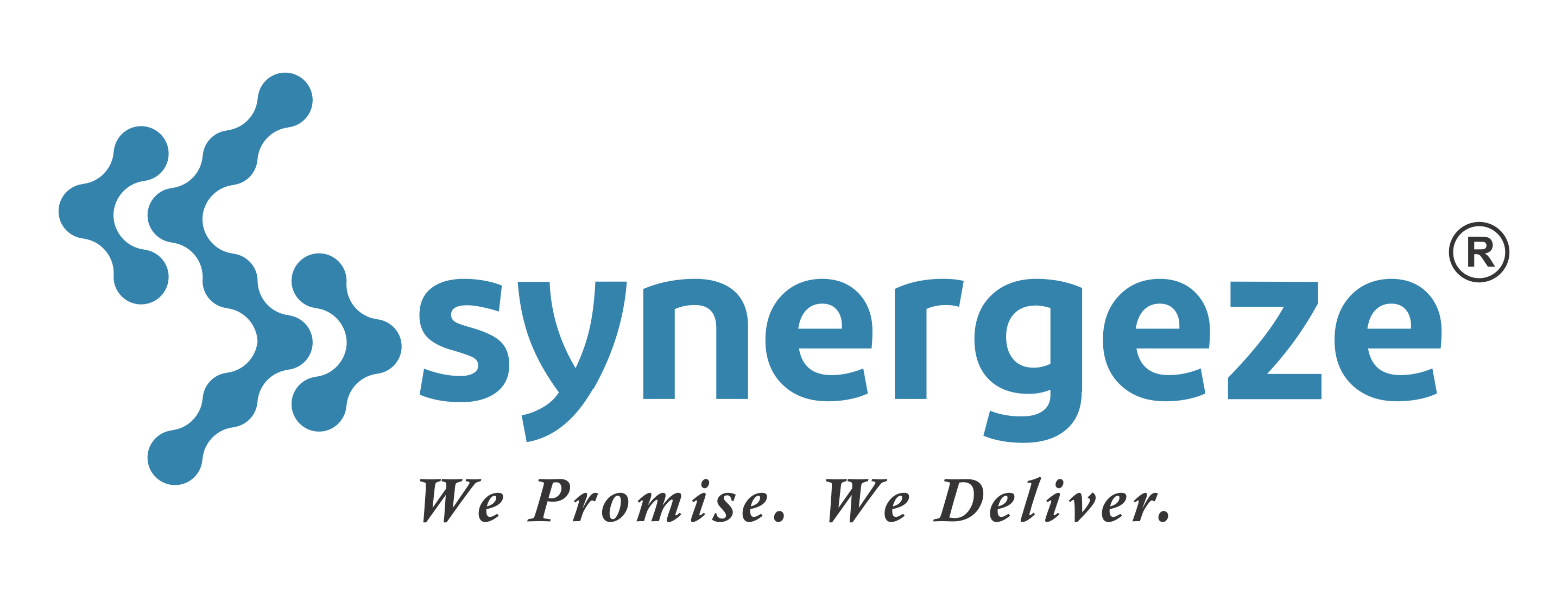
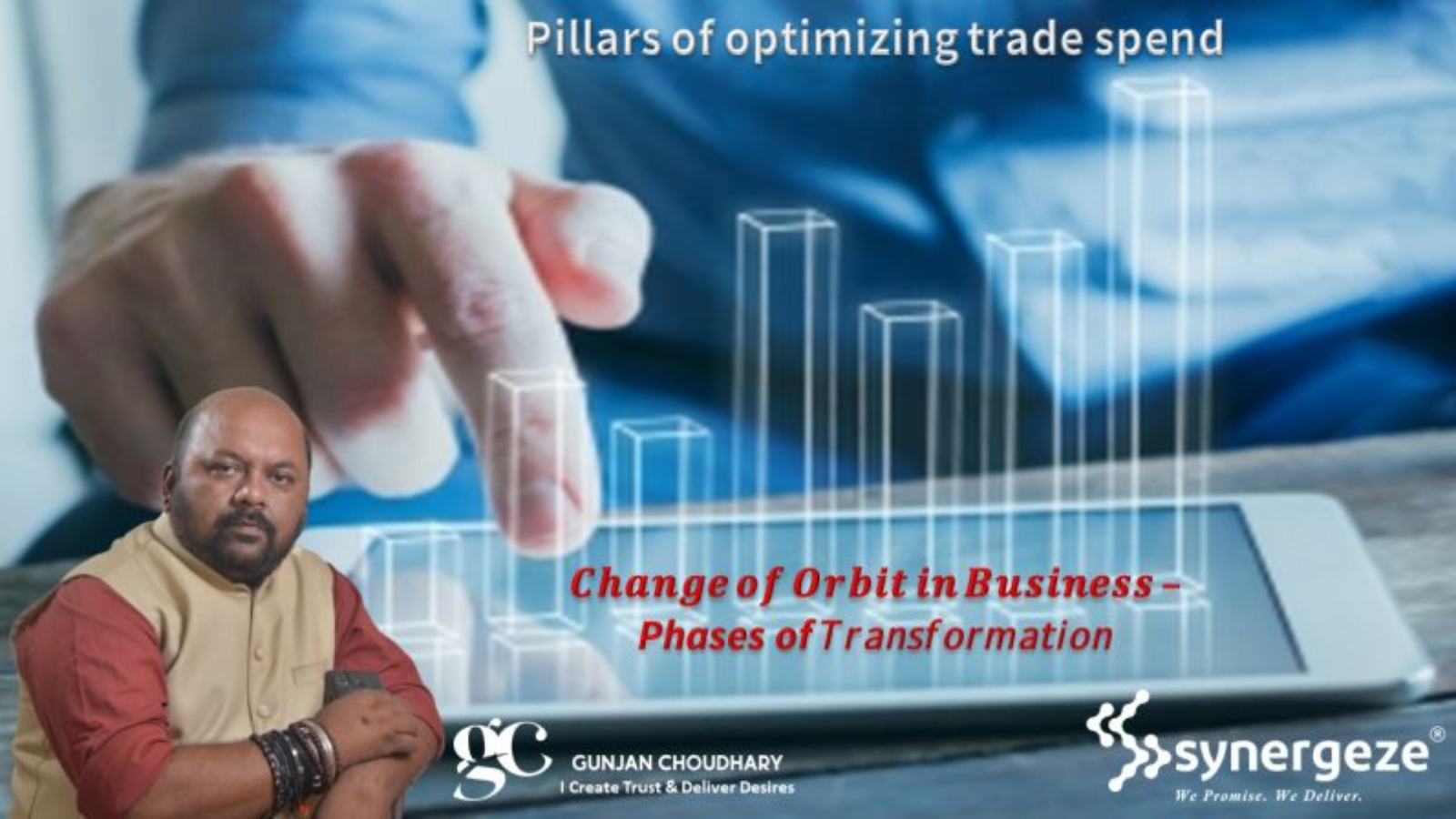
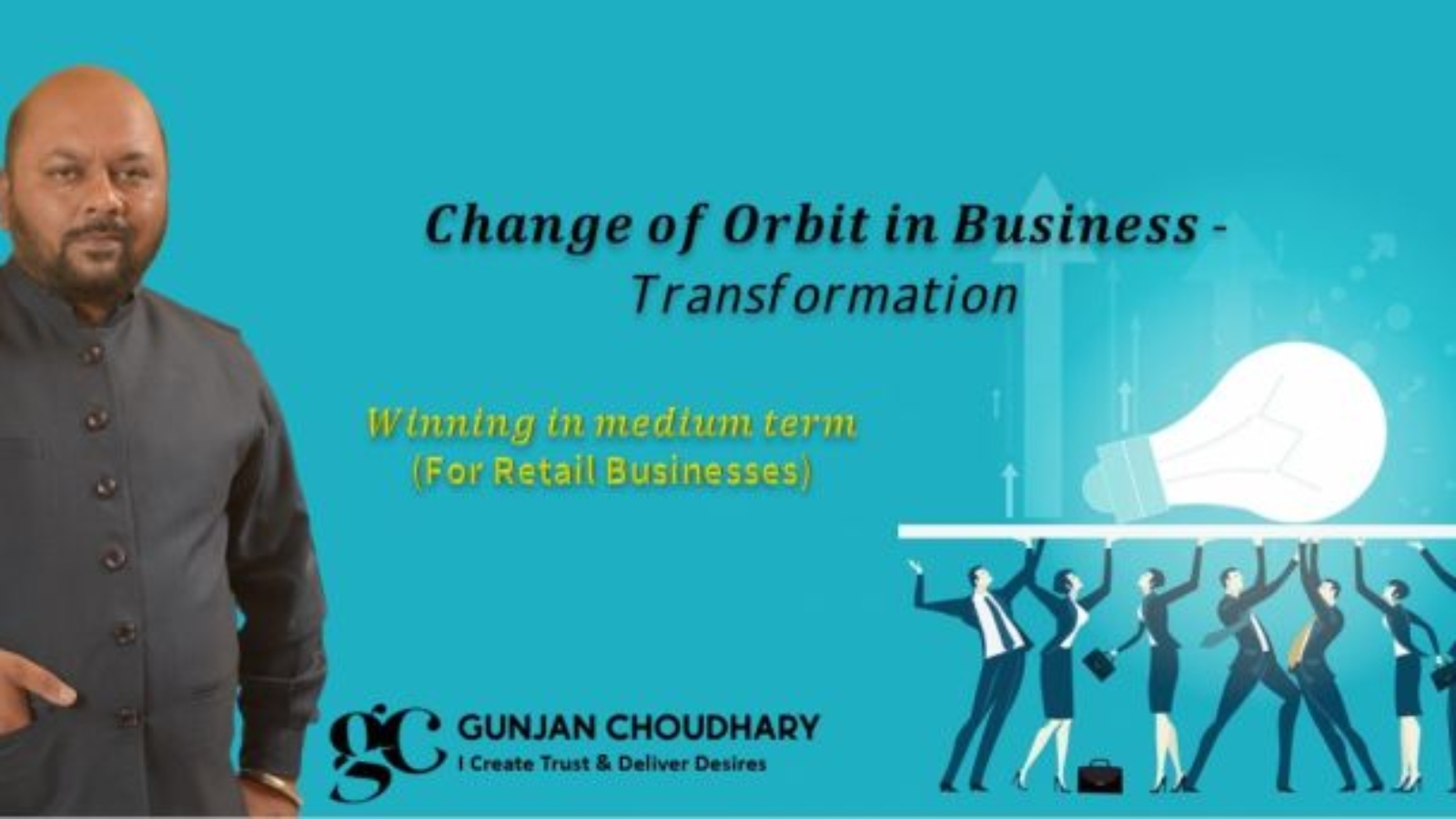
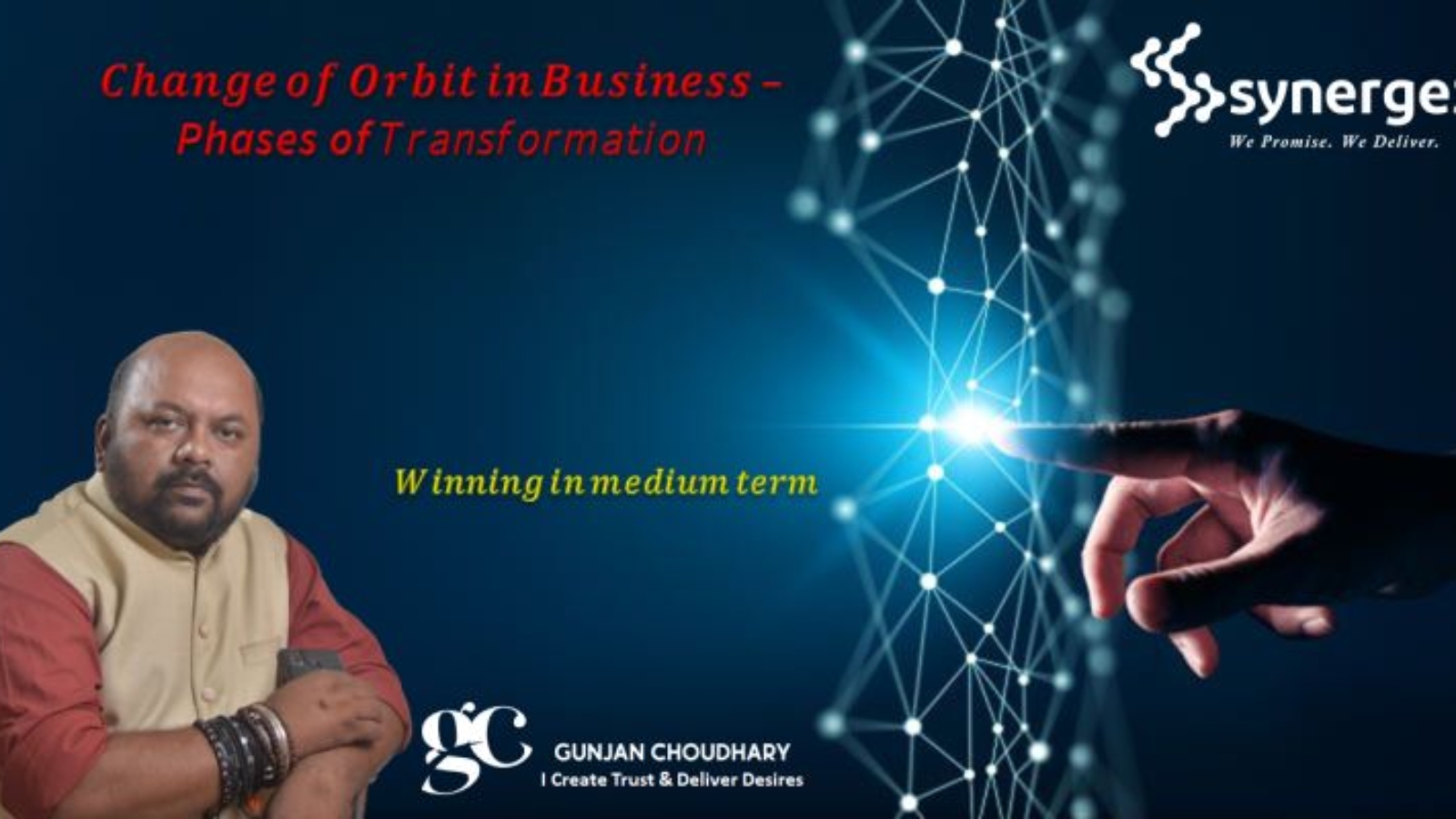
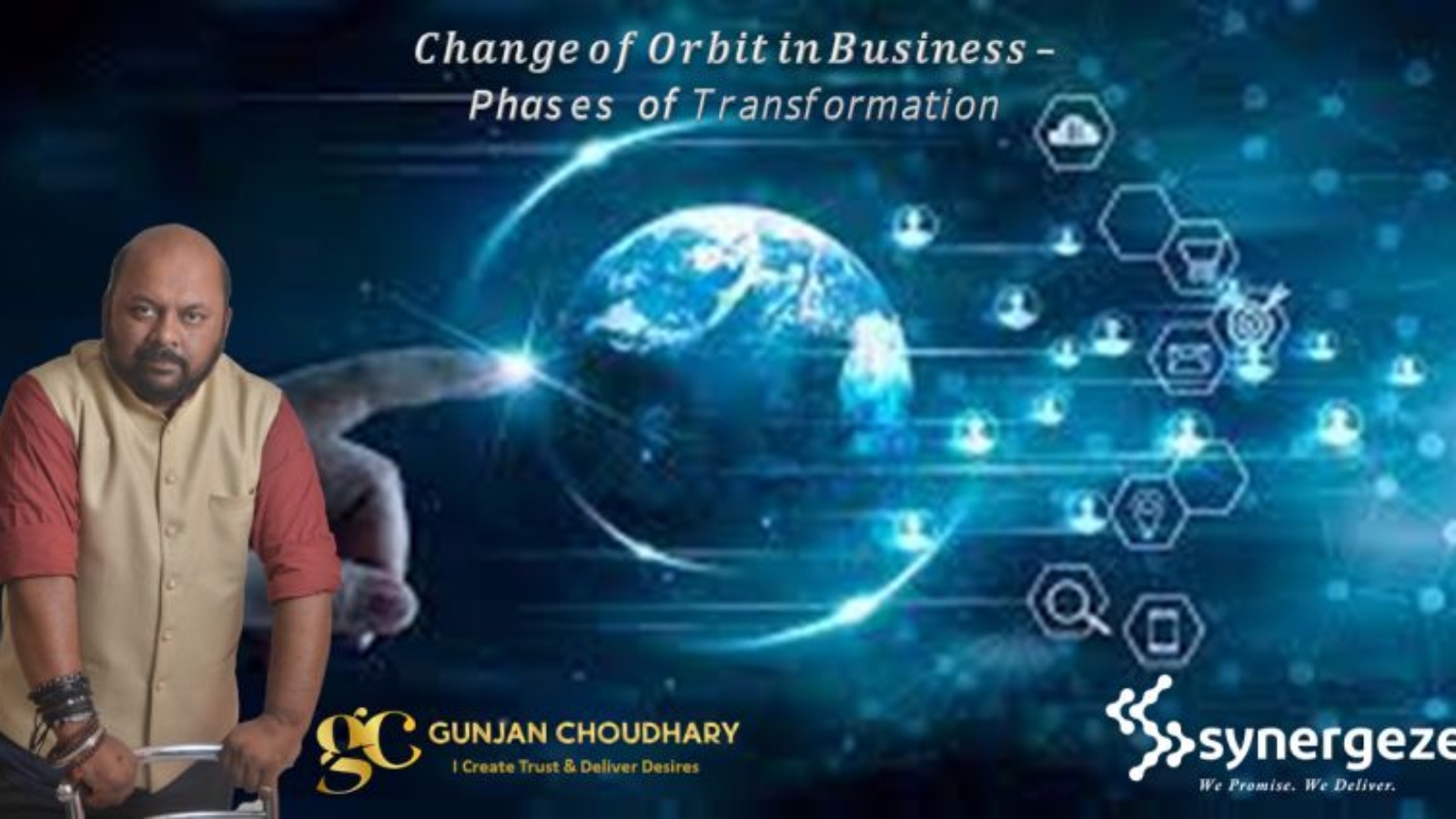
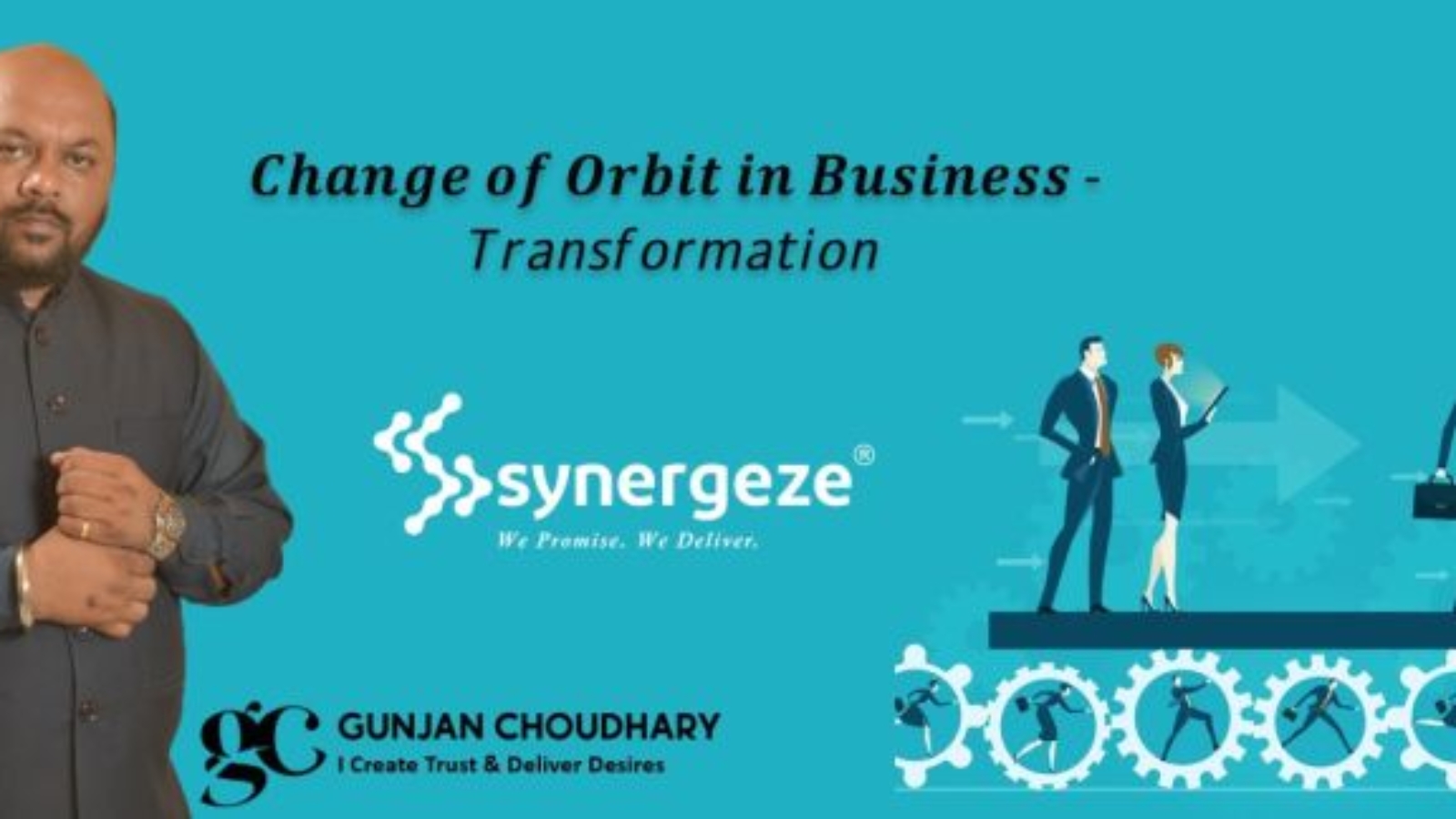
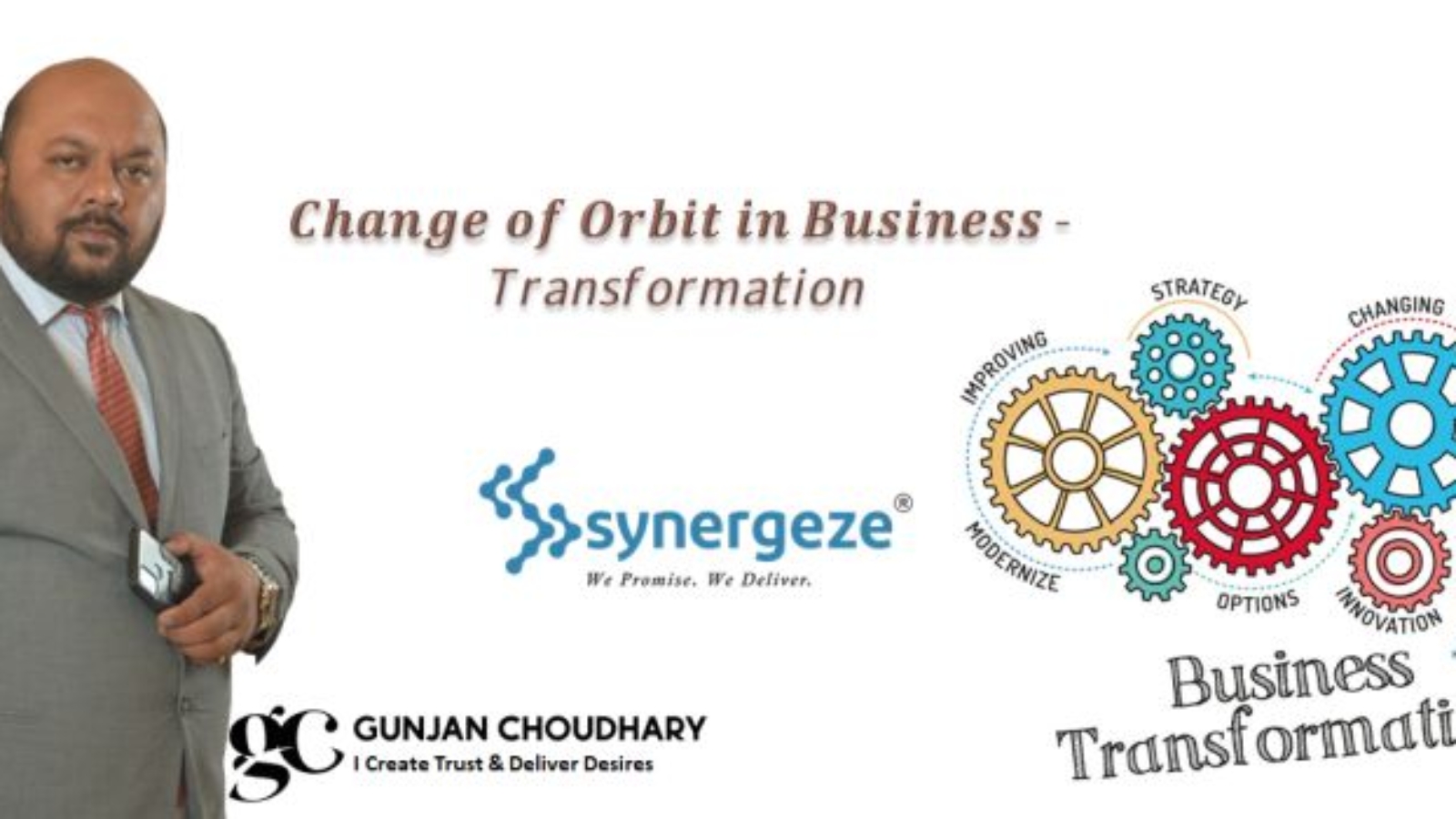
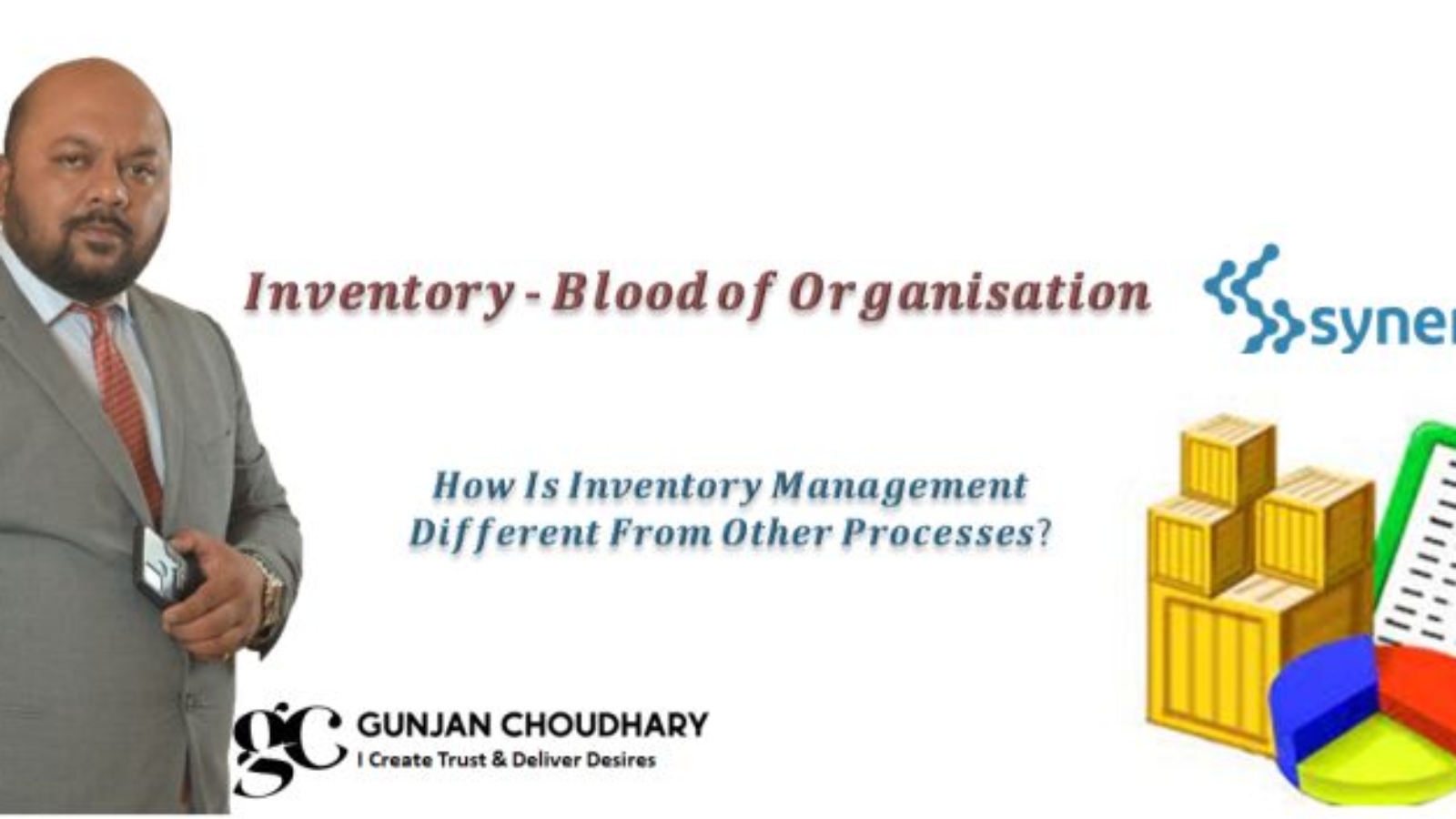
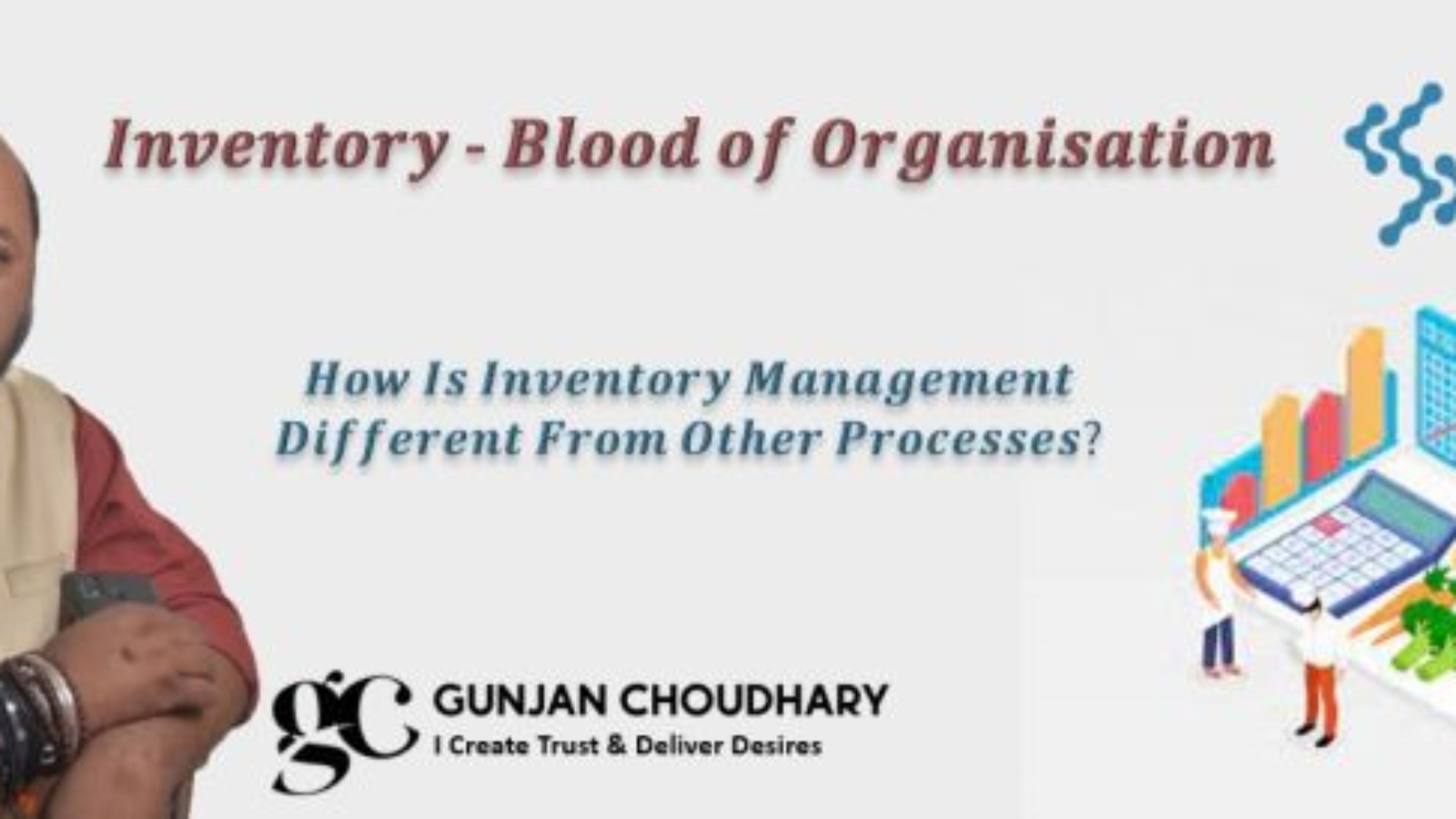
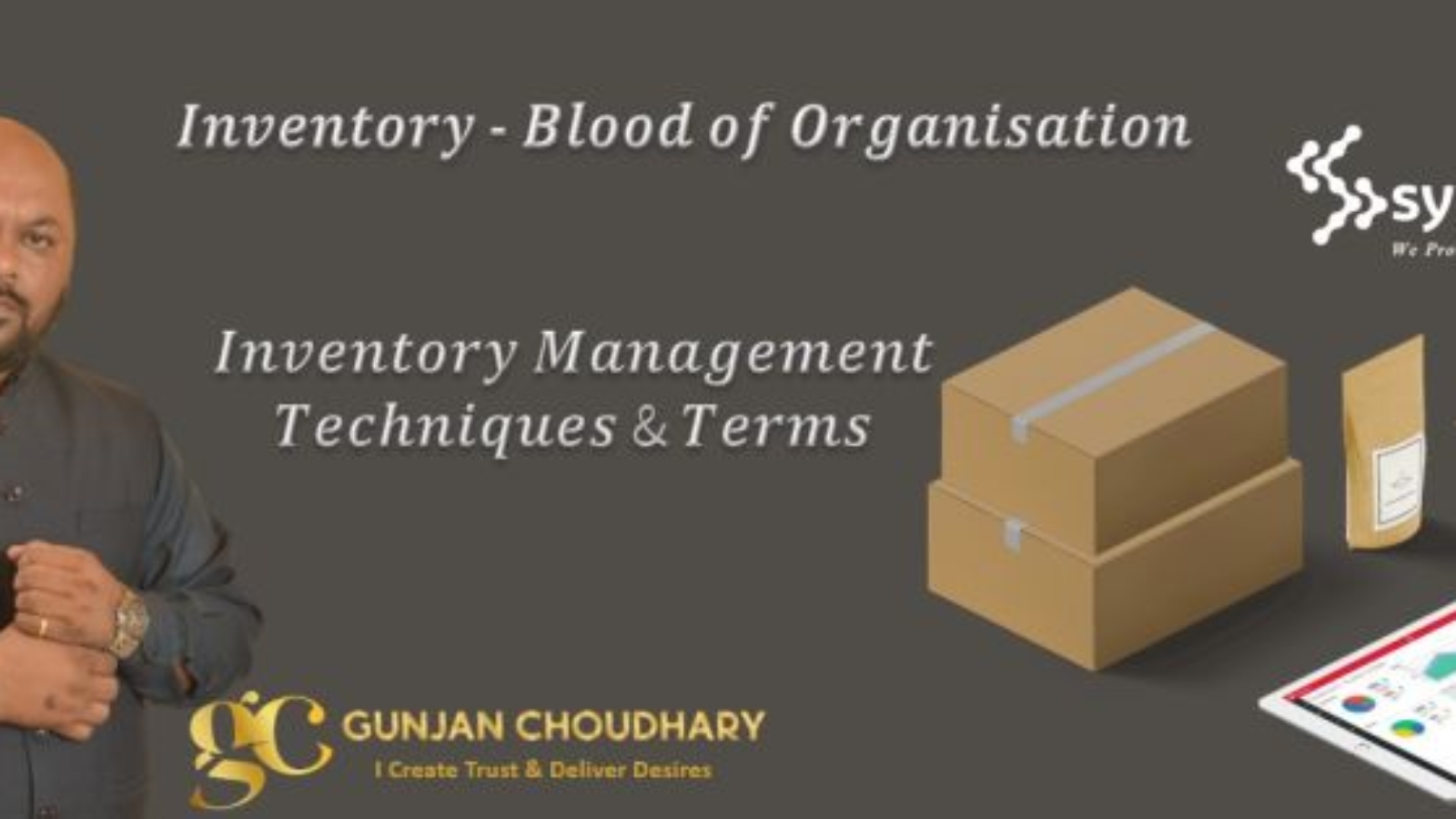
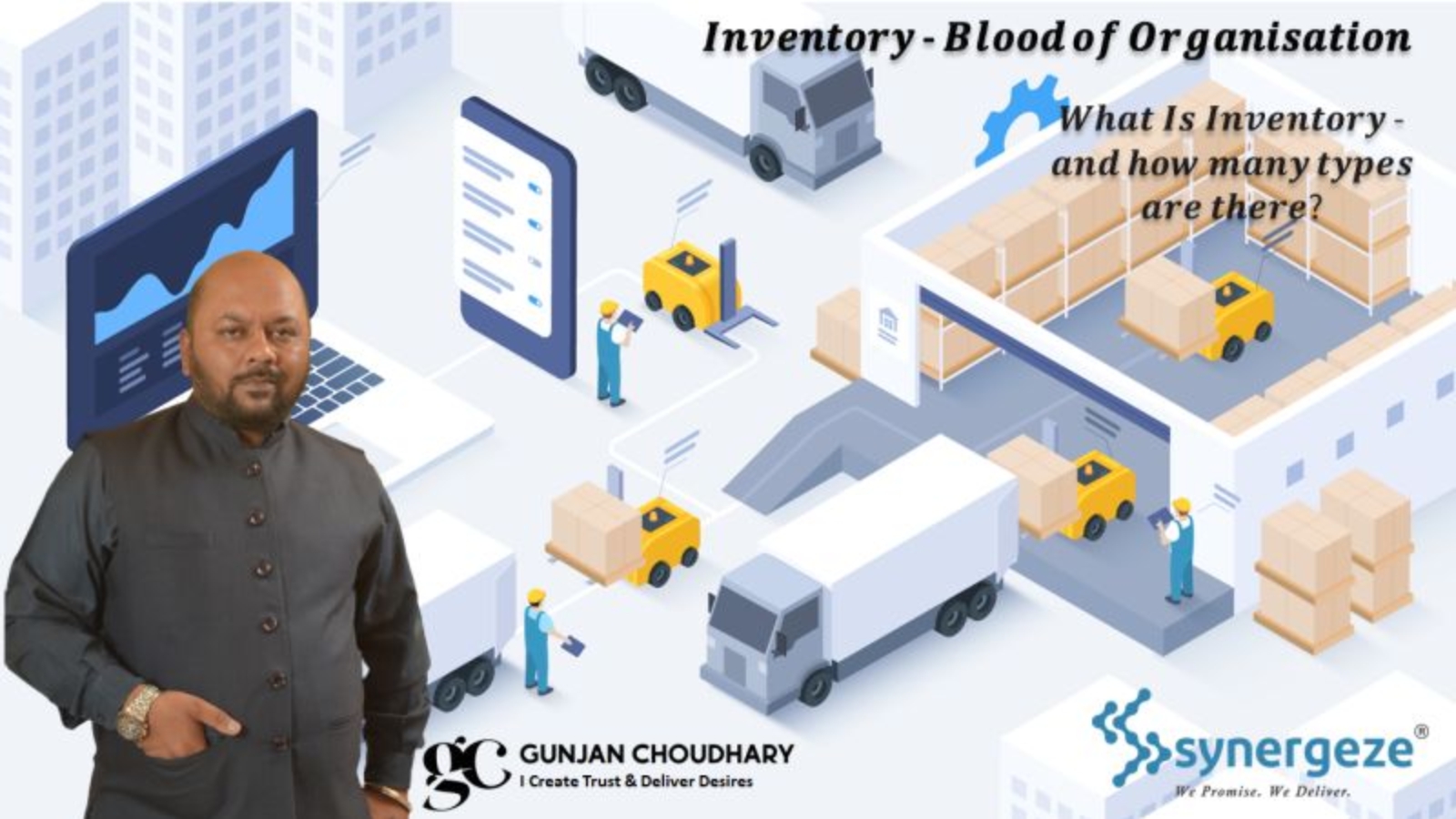
We talked about the transformation, factors driving it, its need in today’s scenario. Let’s look at now the basics of transformation, what is it and why do companies need to transform actually.
𝑾𝒉𝒂𝒕 𝒊𝒔 𝑻𝒓𝒂𝒏𝒔𝒇𝒐𝒓𝒎𝒂𝒕𝒊𝒐𝒏?
A transformation is a leadership driven, cross-functional, result-oriented, plan for large scale change to outperform competitors sustainably. It requires strong engagement of the entrepreneur and his/her strong involvement at all levels in the organization. It has disproportionate impact on the core customer offer – with multiple changes made to the operating model and organizational capabilities.
𝑻𝒓𝒂𝒏𝒔𝒇𝒐𝒓𝒎𝒂𝒕𝒊𝒐𝒏 𝑹𝒆𝒒𝒖𝒊𝒓𝒆𝒔 𝑪𝒐𝒏𝒕𝒊𝒏𝒖𝒐𝒖𝒔 𝒂𝒏𝒅 𝑳𝒐𝒏𝒈–𝒕𝒆𝒓𝒎 𝑬𝒇𝒇𝒐𝒓𝒕
Companies need to identify performance symptoms calling for transformation carefully. Stagnant sales, dropping market share, volatility in profitability, under–indexed shareholder returns and emergence of new competitors with non–traditional business models are all strong indicators.
No transformation is short—truly sustainable results require time and consistency in efforts. Normally there are two phases of transformation
1. In the first phase quick and simple operational initiatives are undertaken to generate adequate sales and cash to build a war chest to fund the core transformation agenda.
2. In the second phase, companies need to find avenues to differentiate themselves truly and build organizational capabilities to live the new way of working.
Having said that there are many companies, who undertook transformation journey however the efforts failed. Some specific reasons for the failure can be
~ Halfway Stop – Stopping with just operational efficiency improvement, rather than driving growth.
~ Legacy Trap – Failing to shed core elements of the current business model that are no longer competitive
~ Insufficient Moves – Not making sufficient moves proportional to the scale and scope of the challenge
~ Inadequate independence – Undermining new business models by keeping them too close to the core organisation and operations
~ Lack of persistence – Underestimating time and effort to see results changing course prematurely.
~ Lack of strategic focus – Doing to many things due to lack of coherent and consistent vision and strategy
~ Premature Confidence – Believing that a change is on the right track early on and not continuously revising vision and strategy.
So if you are looking at giving your organisation a push, break the shackles and fly high remember the guide and mentor for this is certainly Synergeze Consultants Private Limited and we are just a click away.
Till then would love to see your comments on this post and how you relate to it.
#gccoach